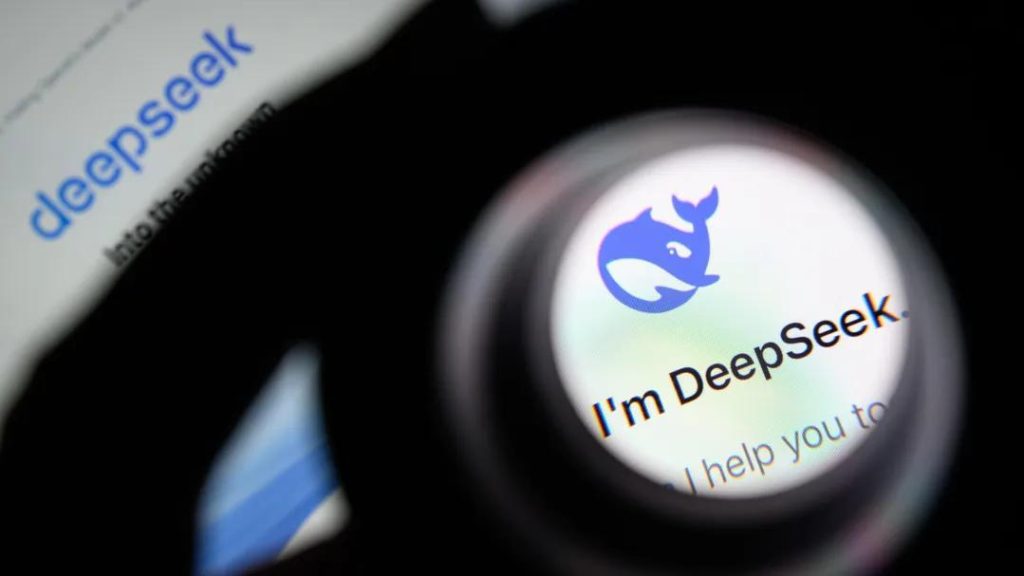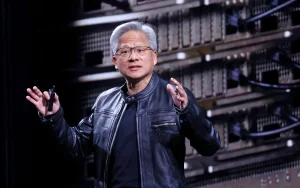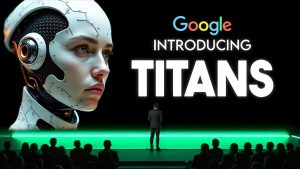DeepSeek’s Race to Accelerate the R2 Launch

DeepSeek, a notable player in the AI landscape, is on a mission to fast-track the release of its highly anticipated R2 model. This decision follows the unexpected impact of its predecessor, R1, which has left the industry on edge. As global competitors intensify their efforts, DeepSeek’s move is seen as a strategic maneuver to maintain its standing.
In the ever-evolving tech world, timing can be everything. DeepSeek’s accelerated timeline is a bold step to not only meet but possibly outpace industry giants like OpenAI and Anthropic. With stakeholders keenly watching its every move, DeepSeek’s next actions could redefine the balance of power in the global AI sector.
DeepSeek’s Ambitious Plan
DeepSeek originally intended to launch the R2 model in May. However, with the rise of models like Claude 3.7 and the imminent GPT-4.5, the company is now pushing for an earlier release. The urgency is palpable, as the stakes have never been higher for this Chinese tech startup.
China’s broader AI industry is also under pressure, with companies like Tencent, Alibaba, and ByteDance racing to acquire Nvidia H20 chips. These are crucial for development but are not subject to US trade sanctions, making them a hot commodity in the AI arms race.
Should DeepSeek successfully release R2 ahead of competitors, it could drastically alter the playing field. By delivering a state-of-the-art model with limited resources, they might inspire a new wave of innovation across the AI sector.
The Impact of R1
DeepSeek’s R1 model sent shockwaves throughout the industry. Investors began to reconsider their AI investments due to its unexpected influence. However, rivals quickly countered with their advancements.
The buzz surrounding R2’s anticipated release only amplifies the tension. Market watchers are keen to see if R2 can replicate or exceed R1’s success.
If DeepSeek manages to deliver, it might push industry titans to rethink their strategies, proving that innovation doesn’t always require vast resources.
Alibaba’s Open-Source Victory
Alibaba has unveiled an impressive video model, Wan2.1, claiming the top position on VBench.
This includes features like smooth motion, text clarity, and physics realism. The fact that it is open-source makes it unique.
This development allows developers to craft their own iterations, fostering a spirit of innovation and community growth. Wan2.1, by outperforming competitors such as OpenAI’s Sora, sets a high bar for the future.
Meta’s Expansive Vision
Meta is reportedly planning a new AI data center, with costs potentially exceeding $200 billion.
This initiative dwarfs earlier plans of a $10 billion center. Their ambition is clear as they set eyes on expansive growth.
This bold step could transform Meta’s AI capabilities, setting a benchmark for further infrastructure investments.
AI Tools Boosting Productivity
Several AI tools have emerged to enhance productivity across industries.
Phind, Scrybe, and Lemonfox AI are just a few examples of innovations driving efficiency.
With AI becoming more integrated into daily workflows, these tools signify a trend toward smarter, faster operations.
Competitor Analysis with Deep Research
Competitor analysis becomes detailed and efficient with Deep Research. Leveraging AI, businesses can dissect various aspects of competitors.
This approach offers insights into team dynamics, market strategies, and performance metrics. Businesses stand to gain significantly from these analyses.
Understanding strengths and weaknesses allows companies to craft informed strategies, steering them toward success.
Google’s Generous Offer
Google is making its coding platform, Gemini Code Assist, available for free. This move, with usage limits much higher than competitors like GitHub Copilot, signals aggressive expansion.
The initiative also emphasizes Google’s commitment to accessibility in AI tools and resources.
By providing this for free, Google could significantly influence developers’ preferences and market dynamics.
Anthropic’s Strategic Moves
Anthropic announced an increase in its next funding round to $3.5 billion, evaluated at $61.5 billion.
Their recent model, Claude 3.7, represents their continuous push for innovation.
This strategic increase in funding highlights Anthropic’s dedication to leading in the AI space and responding to market demands.
Future of AI Infrastructure
The future of AI infrastructure appears promising but competitive. With major players making hefty investments, the landscape is rapidly evolving.
DeepSeek and its rivals are at the forefront, steering the next phase of AI advancements.
As these trends unfold, the world watches closely, eager to see which innovations emerge victorious.
DeepSeek’s expedited R2 plan is more than just a business strategy. It’s a testament to the relentless drive for innovation in AI. As the industry watches anxiously, the outcome of this race could redefine technological boundaries, inspiring others to rethink what is truly possible in the realm of artificial intelligence.





